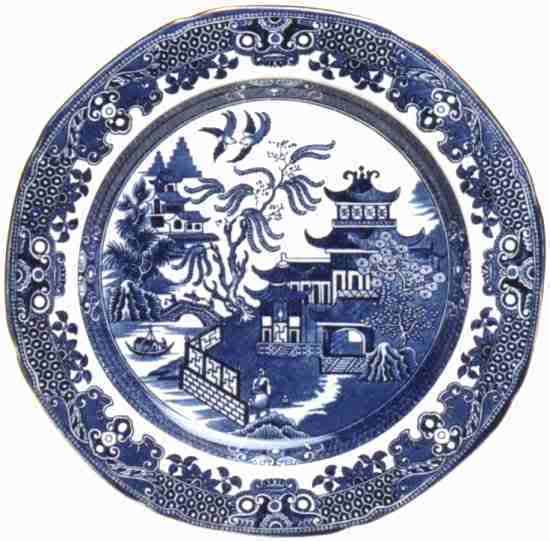Viviene
Vendor
- Messages
- 329
- Location
- Northeastern Pennsylvania
I found a 1940s dress with sparrows on the upper right bodice. I know there is something significant about sparrows in the 1940s having to do with tattoos and such but I want to make sure I have the correct information. Anyone know what their significance is? I thought it might have to do with the WRENS of the British Armed Services but it shows up in the United States often as well. Here is a glimpse of what I have. I would appreciate any help that anyone would be willing to provide.







